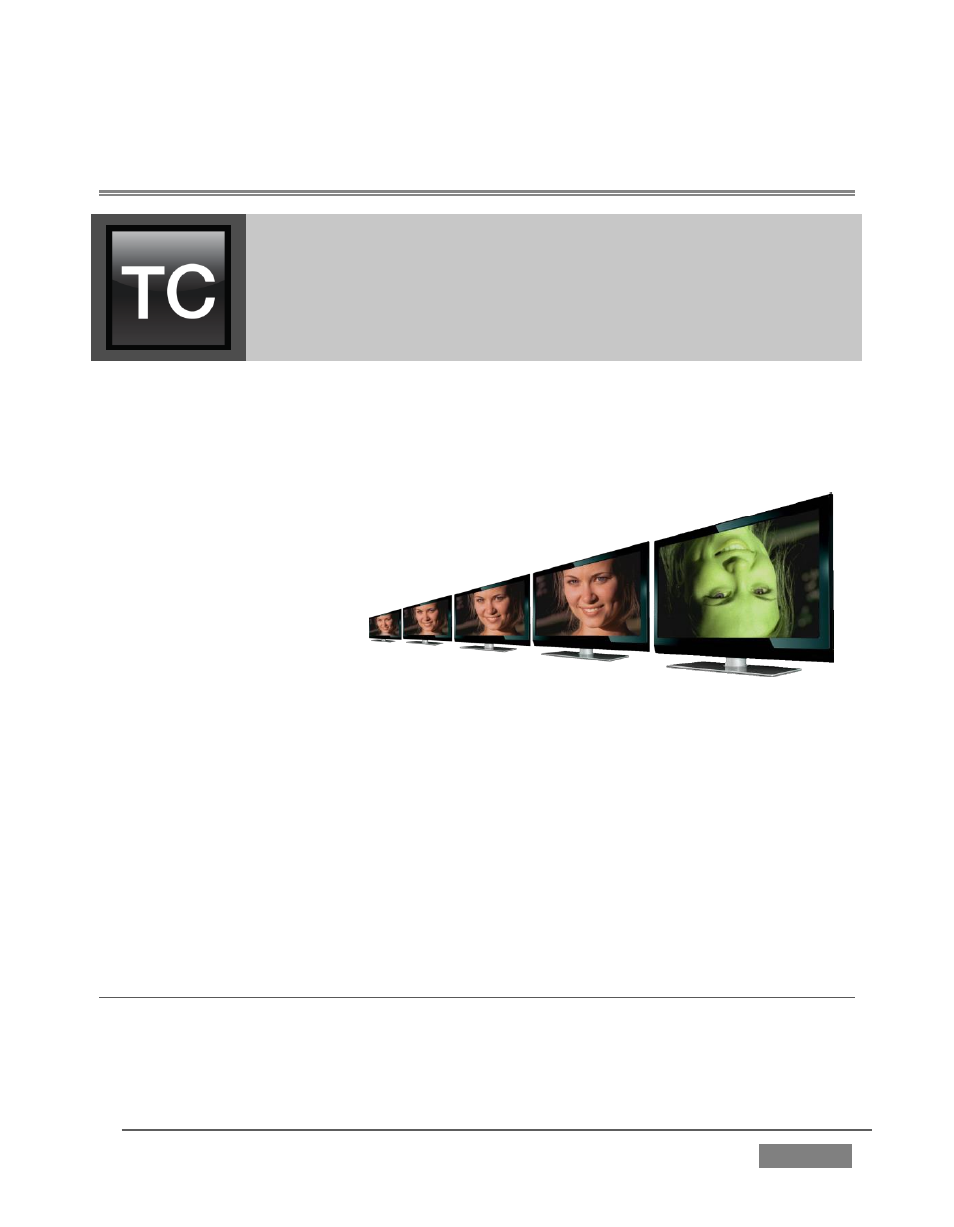Video calibration, Here, Alibrate – NewTek TriCaster 8000 User Manual
Page 495: C video calibration

Page | 479
C VIDEO CALIBRATION
An oft-heard expression is “Don’t worry – we’ll fix it in post”. Post-
production techniques are invaluable, but they do not invalidate
another often repeated axiom – “Garbage in, garbage out.” And, in
the case of live production, the results are immediately obvious to
your audience … for good or for bad.
For these reasons and many more, it’s important to control the visual quality of your
work all the way through the production pipeline. Adequate lighting, good cameras,
and high quality connections are critical, but there are other things to consider.
Human vision is remarkably adaptable. In one study,
participants equipped with inverting lenses initially
saw everything upside-down. After a
few days, people reported
that things appeared
right-side-up again.
Even when things are
dramatically wrong our brains compensate to a
remarkable degree. Have you ever looked at a television in a store without noticing
anything untoward, and then realized that the colors on another unit nearby looked
much better?
This built-in tolerance makes it difficult for us to judge whether the blacks in our
video productions are really black –or just dark gray; whether reds are purple or
tinged with a slight greenish caste, and so on. What we really need is a reference for
comparison – just as we find it easier to pick the best-looking display from a row of
television sets on a store shelf.
C.1 WHAT (AND WHERE) TO CALIBRATE?
Tip one – forget ‘point and shoot’. Lighting, set design, and countless other factors
have an impact on the video attributes our cameras ‘see’.